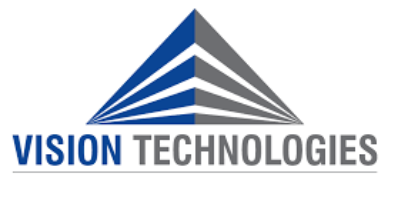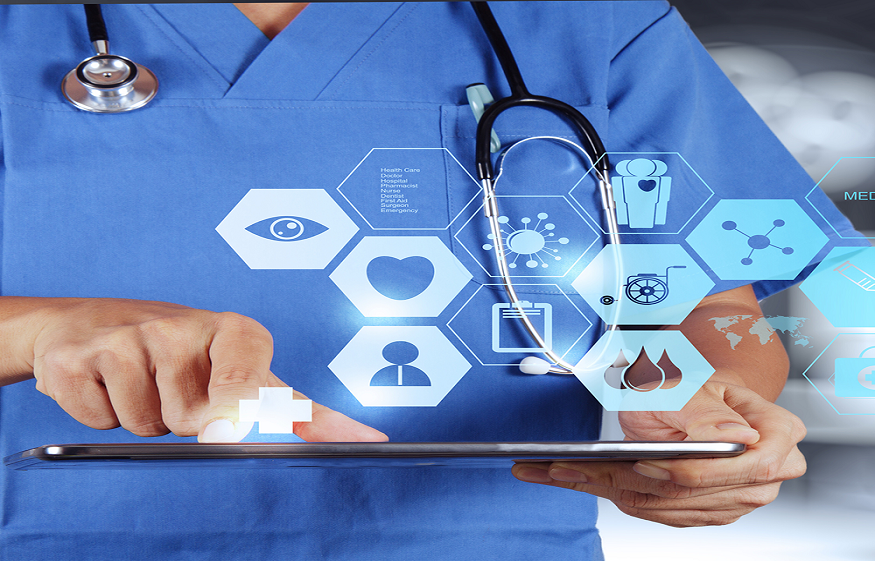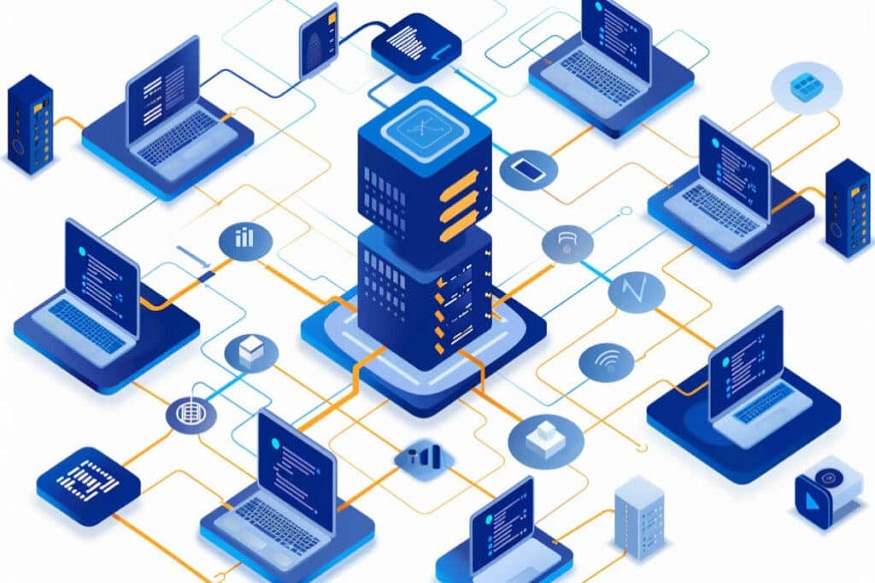Forensic medicine covers several areas. The best known are forensic autopsies which help to establish the cause of death and contribute to police investigations. Medical images can sometimes prove very useful in preparing these examinations. To this end, conventional X-rays of corpses have always been part of routine activities within the LNS. Since January 2018, a collaboration with the Luxembourg Hospital Centre (CHL) has given forensic experts access to a new generation scanner and a highly qualified team of radiologists and medical imaging technicians. The use of this high-performance technology opens up new perspectives in the work of forensic doctors.
“We perform around a hundred autopsies per year at the request of investigating judges,” explains Martine Schaul, one of the three forensic medicine specialists in the medico-judicial service . “In around 30% of cases, a body scan before the autopsy may be relevant. Once the investigating judge requests this examination based on our recommendation, the body is placed in an additional body bag and transported to the CHL. Performing a full-body CT scan only takes a few minutes. We then interpret the results with the CHL radiologists. In 2018, we performed 27 post-mortem CT scans before the autopsy.”
MORE PRECISE TECHNOLOGY
“The simple X-rays that we can perform at the LNS only allow a two-dimensional view and are often difficult to interpret,” explains Martine Schaul. “To detect the exact location of foreign bodies such as projectiles, we have to take images from different angles, which often requires repositioning the body. Thanks to the scanner, the projectiles can be visualized and located precisely. Based on this information, we can target our dissection work and remove such foreign bodies carefully and without damaging them. In addition, the scanner data documenting the condition of the body before the autopsy are archived and can be reused later if new questions or new clues arise during the investigation. The images could thus be re-evaluated by other experts, even if the body has been cremated in the meantime.”
Based on this data and using medical imaging software, forensic pathologists, in collaboration with CHL radiologists, can reconstruct fractures relevant to the investigation, illustrate them with clear and neutral images or even produce, using 3-D printing technology, copies of bone lesions. These prints can be used in court to explain and support the expert conclusions of the forensic pathologists.
A COMPLEMENTARY METHOD TO AUTOPSY
“Compared to autopsy, postmortem CT has several strengths,” continues Martine Schaul. “While some parts of the body are difficult to access during autopsy, CT scans visualize every bone from head to toe. If no particular bone pathology is detected on the CT scan, the autopsy will be limited to a usual extent in order to best preserve the body for the family. Documenting bone lesions in their original state often gives us a better view of fractures because dissection can cause fragments to separate. In addition to detecting bone lesions and foreign bodies, CT scans can also reliably detect gas and fluid accumulations. It can also highlight particular anatomical features or implants that allow the identification of unknown bodies. Finally, measurements of the path of a bullet or stab wound are more precise on CT images because the integrity of the body is preserved.”
“Postmortem CT will not replace autopsy,” concludes Martine Schaul. “The two methods are complementary. Each brings added value to the other.”




